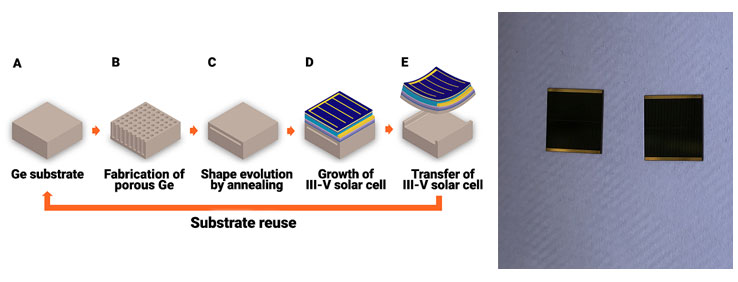As a representative of the second generation semiconductor materials, arsenide has important applications in high energy collision physics experiments, aerospace science and technology, nuclear radioactive waste detection and other irradiation environments.Therefore, it is of great significance to study the irradiation effect and anti irradiation ability of arsenide materials. However, there is no simple, rapid and completely non-destructive technology to evaluate its radiation resistance in China. Low frequency noise is a great success in characterizing the irradiation damage of silicon devices, and its technical characteristics also meet the technical requirements of characterizing the irradiation damage of arsenide materials.

Compared with traditional silicon semiconductor materials, gallium arsenide (GaAs) materials have the characteristics of high electron mobility, wide band gap, direct band gap and low power consumption, and the electron mobility is about 5.7 times that of silicon materials. Gallium arsenide is a typical direct transition energy band structure. The minimum value of conduction band and the maximum value of valence band are in the center of Brillouin zone, that is k = 0, which makes it have high electro-optic conversion efficiency. It is an excellent material for the preparation of optoelectronic devices.
widely used in high frequency and wireless communication to make IC devices. This kind of high-frequency, high-speed and radiation proof high-temperature device is usually used in wireless communication, optical fiber communication, mobile communication, GPS global navigation and other fields. In addition to the application in IC products, gallium arsenide can also be added to other elements to change its energy band structure to produce photoelectric effect, so as to make semiconductor light-emitting devices and gallium arsenide solar cells.